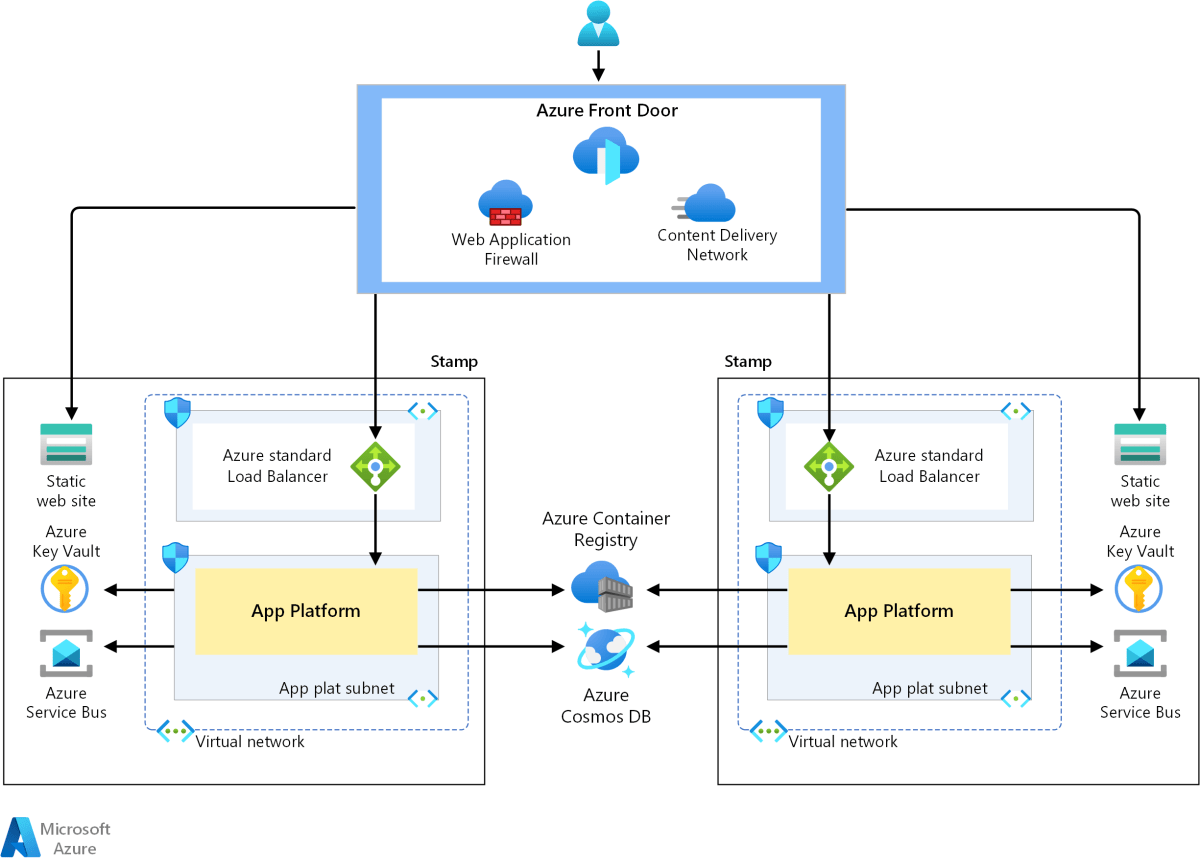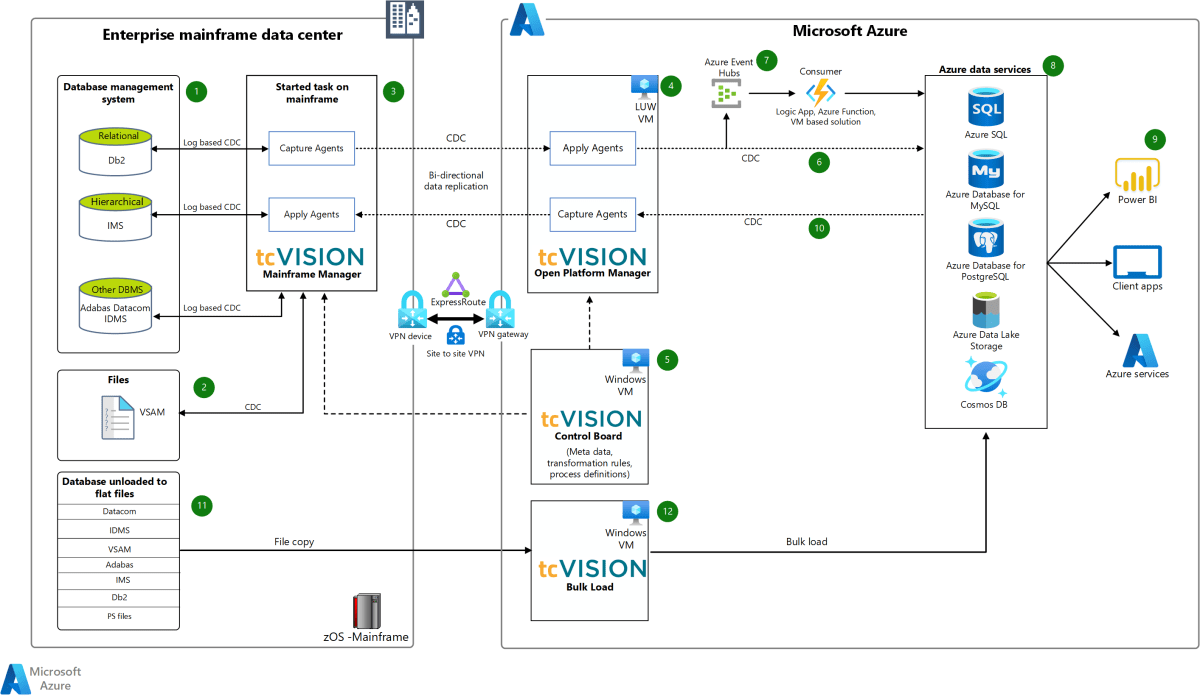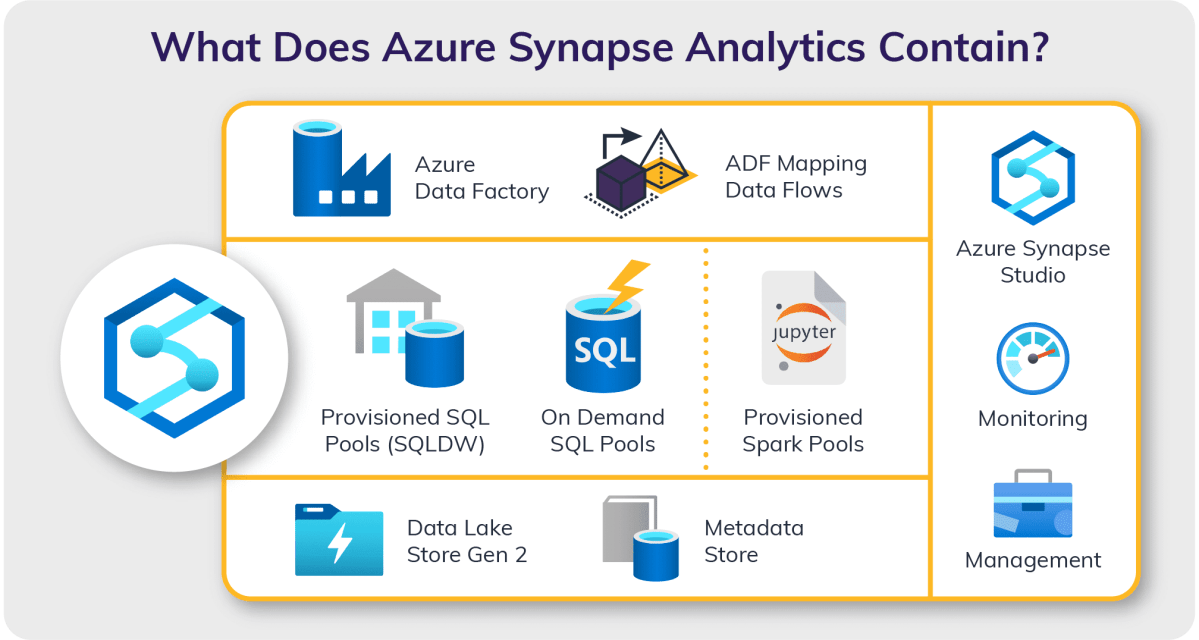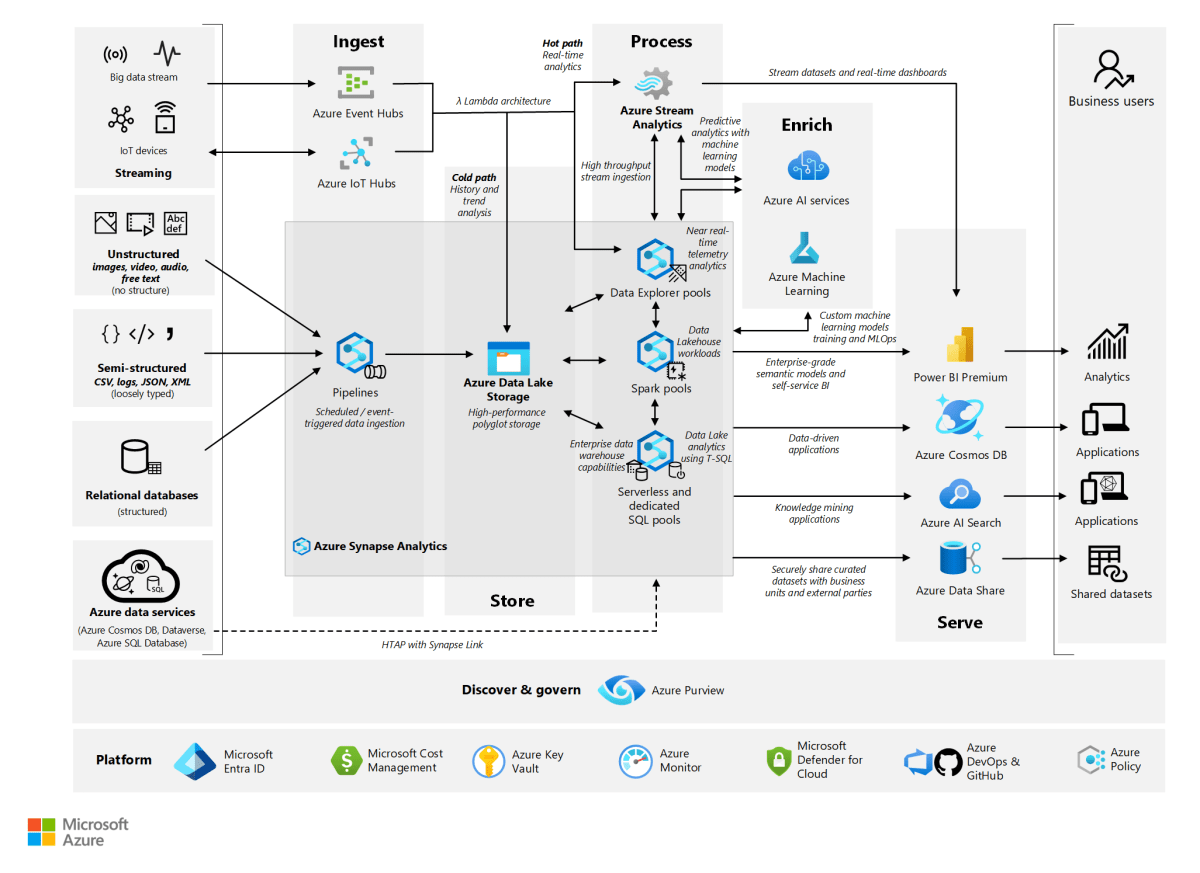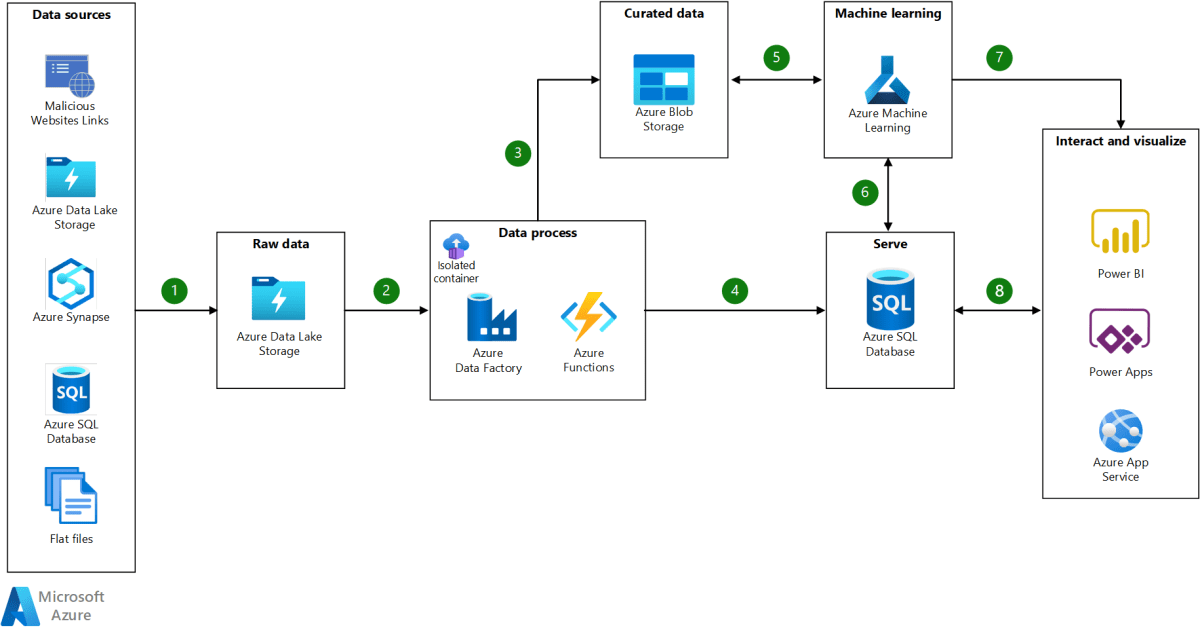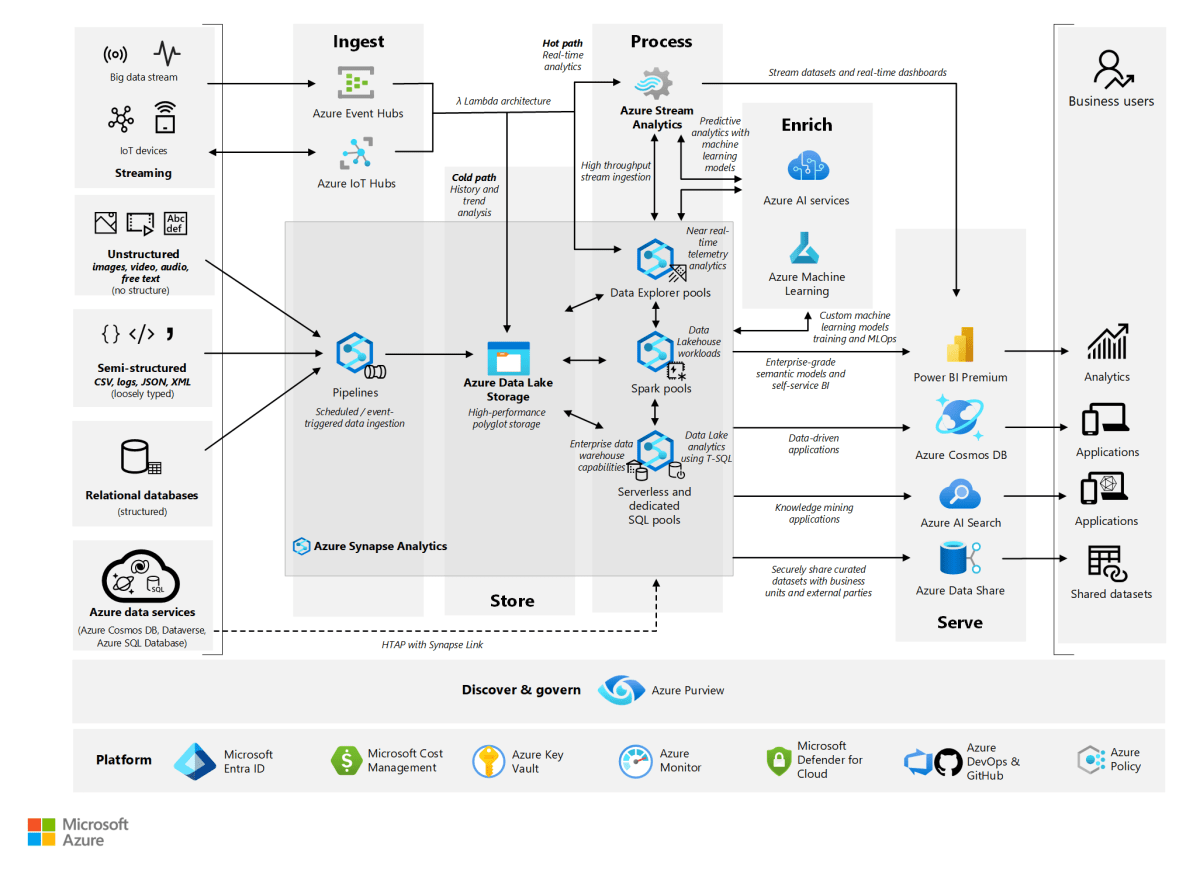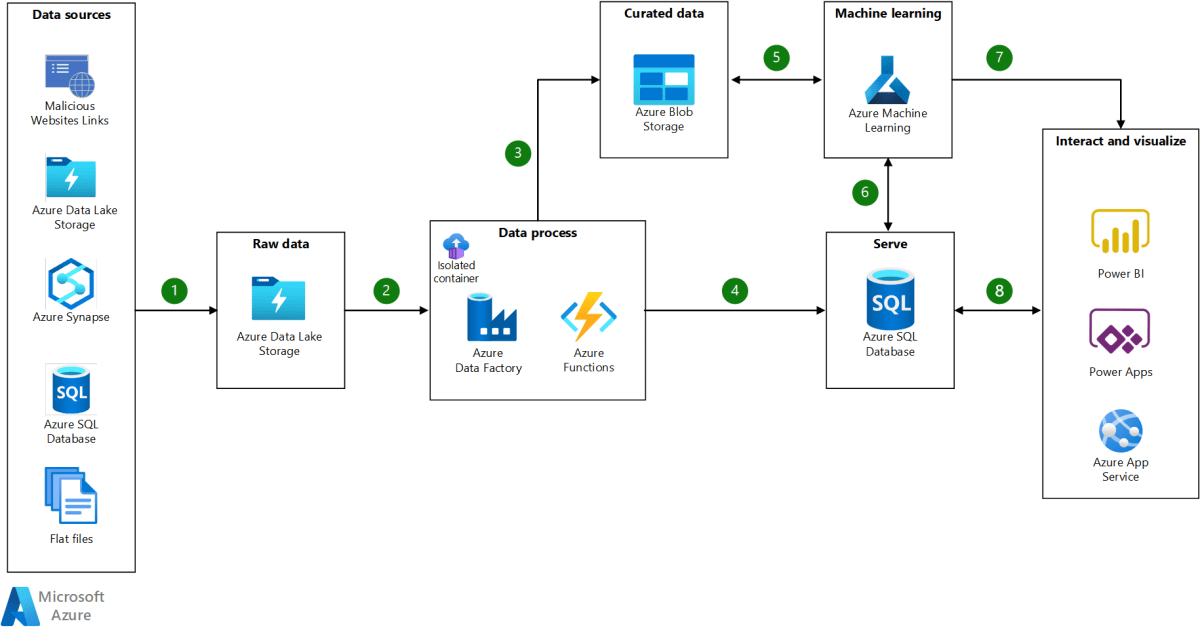Azure Resource Manager : 7 Powerful Benefits You Must Know
If you’re diving into Microsoft Azure, understanding Azure Resource Manager (ARM) is non-negotiable. It’s the backbone of resource deployment, management, and automation in the cloud—offering control, consistency, and scalability like never before.
What Is Azure Resource Manager (ARM)?

Azure Resource Manager (ARM) is the deployment and management service for Azure, serving as the control plane that allows you to create, update, and delete resources within your Azure environment. It acts as the central hub for managing all Azure services through a unified interface, API, and tooling ecosystem.
The Evolution from Classic to ARM
Prior to ARM, Azure used a deployment model known as “Classic,” where resources were managed in isolation. This led to fragmented management, limited dependency control, and poor visibility across resources. With the introduction of ARM in 2014, Microsoft redefined how cloud resources are organized and governed.
Azure Resource Manager (ARM) – Azure Resource Manager (ARM) menjadi aspek penting yang dibahas di sini.
- Classic model lacked resource grouping and lifecycle management.
- ARM introduced resource groups, enabling logical grouping of related assets.
- ARM supports role-based access control (RBAC), tagging, and policy enforcement at scale.
“Azure Resource Manager transformed how enterprises manage cloud infrastructure by introducing declarative templates and consistent management across services.” — Microsoft Azure Documentation
Core Components of ARM
ARM isn’t just a tool—it’s an architectural framework composed of several key components that work together to streamline cloud operations.
- Resource Manager: The engine that processes requests and orchestrates resource provisioning.
- Resource Providers: Services like
Microsoft.Compute,Microsoft.Storage, andMicrosoft.Networkthat expose APIs for creating specific resources. - Resource Groups: Logical containers that hold related resources for unified lifecycle management.
- Declarative Syntax: Uses JSON-based templates to define infrastructure as code (IaC).
These components allow administrators and developers to treat infrastructure with the same rigor as application code—versioned, tested, and repeatable.
Azure Resource Manager (ARM) Templates Explained
One of the most powerful features of Azure Resource Manager is its support for ARM templates—JSON files that define the infrastructure and configuration of your Azure solution. These templates enable consistent, repeatable deployments across environments.
Azure Resource Manager (ARM) – Azure Resource Manager (ARM) menjadi aspek penting yang dibahas di sini.
Structure of an ARM Template
An ARM template follows a strict JSON schema with five primary sections:
- $schema: Defines the template schema version (e.g.,
https://schema.management.azure.com/schemas/2019-04-01/deploymentTemplate.json#). - contentVersion: A user-defined version number for tracking template iterations.
- parameters: Inputs provided during deployment (e.g., VM size, location).
- variables: Derived values used to simplify expressions (e.g., naming conventions).
- resources: The actual Azure resources being deployed (VMs, networks, databases).
- outputs: Values returned after deployment (e.g., public IP address).
Here’s a minimal example:
{
"$schema": "https://schema.management.azure.com/schemas/2019-04-01/deploymentTemplate.json#",
"contentVersion": "1.0.0.0",
"resources": [
{
"type": "Microsoft.Storage/storageAccounts",
"apiVersion": "2021-04-01",
"name": "mystorageaccount123",
"location": "eastus",
"sku": {
"name": "Standard_LRS"
},
"kind": "StorageV2"
}
]
}Parameterization and Reusability
ARM templates shine when they’re reusable. By using parameters, you can deploy the same template across dev, test, and production environments with different inputs.
Azure Resource Manager (ARM) – Azure Resource Manager (ARM) menjadi aspek penting yang dibahas di sini.
- Define environment-specific values (like VM size or region) as parameters.
- Use parameter files (
.parameters.json) to externalize values for different environments. - Leverage linked templates to modularize complex deployments.
This approach ensures consistency and reduces configuration drift—a common cause of deployment failures.
Key Benefits of Using Azure Resource Manager (ARM)
Adopting ARM brings transformative advantages for cloud operations, from automation to governance. Let’s explore the top benefits that make ARM indispensable in modern cloud strategies.
Infrastructure as Code (IaC) Enablement
ARM templates are a cornerstone of Infrastructure as Code (IaC), allowing teams to define and version-control their cloud environments just like software code.
Azure Resource Manager (ARM) – Azure Resource Manager (ARM) menjadi aspek penting yang dibahas di sini.
- Store templates in Git repositories for auditability and rollback.
- Integrate with CI/CD pipelines using Azure DevOps or GitHub Actions.
- Enforce peer review and automated testing before deployment.
This shift eliminates manual configuration errors and accelerates delivery cycles.
Consistent and Repeatable Deployments
With ARM, you can deploy identical environments across regions or subscriptions with confidence.
- Eliminate “works on my machine” issues in cloud setups.
- Replicate production-like environments for testing and staging.
- Reduce deployment time from hours to minutes.
Consistency is critical for compliance, security, and operational reliability.
Azure Resource Manager (ARM) – Azure Resource Manager (ARM) menjadi aspek penting yang dibahas di sini.
Dependency Management and Orchestration
ARM automatically handles dependencies between resources based on the order defined in the template or inferred from resource relationships.
- Ensures a virtual network is created before a VM is attached to it.
- Supports explicit dependencies using the
dependsOnproperty. - Allows parallel creation of independent resources for faster deployment.
This orchestration capability prevents race conditions and deployment failures.
Azure Resource Manager (ARM) vs. Terraform: A Comparative Analysis
While ARM templates are powerful, many organizations also consider HashiCorp Terraform for multi-cloud infrastructure management. Understanding the differences helps you choose the right tool for your needs.
Azure Resource Manager (ARM) – Azure Resource Manager (ARM) menjadi aspek penting yang dibahas di sini.
Syntax and Language Support
ARM templates use JSON (or Bicep, a newer DSL), while Terraform uses HashiCorp Configuration Language (HCL).
- JSON is verbose and error-prone due to syntax sensitivity (commas, brackets).
- HCL is more human-readable and supports interpolation natively.
- Bicep, Microsoft’s alternative to JSON, offers cleaner syntax and compiles to ARM JSON.
For teams already in the Azure ecosystem, Bicep reduces the learning curve compared to adopting Terraform.
Multi-Cloud vs. Azure-First Approach
Terraform excels in multi-cloud environments, supporting AWS, GCP, Azure, and others with the same toolset.
Azure Resource Manager (ARM) – Azure Resource Manager (ARM) menjadi aspek penting yang dibahas di sini.
- ARM is Azure-specific—ideal for organizations committed to Microsoft’s cloud.
- Terraform provides vendor neutrality but requires additional learning and tooling.
- ARM integrates natively with Azure services like Azure Policy, Blueprints, and Monitor.
If your strategy is Azure-centric, ARM offers deeper integration and faster feature adoption.
State Management Differences
One of the biggest distinctions lies in state management.
- Terraform maintains a state file (
terraform.tfstate) to track deployed resources—critical for drift detection and updates. - ARM does not maintain state; instead, it relies on Azure’s internal tracking of resource groups.
- This makes ARM simpler to start with but less robust in detecting configuration drift.
For advanced state tracking and collaboration, Terraform has an edge—but requires careful backend configuration (e.g., Azure Storage for state locking).
Azure Resource Manager (ARM) – Azure Resource Manager (ARM) menjadi aspek penting yang dibahas di sini.
Role-Based Access Control (RBAC) in Azure Resource Manager (ARM)
Security is paramount in cloud environments, and ARM provides robust Role-Based Access Control (RBAC) to manage who can do what within your Azure resources.
Understanding Azure Roles and Scopes
RBAC in ARM operates on three core concepts: roles, scopes, and assignments.
- Roles: Define sets of permissions (e.g.,
Contributor,Reader,Owner). - Scopes: Determine where a role applies—management group, subscription, resource group, or individual resource.
- Assignments: Link a user, group, or service principal to a role at a specific scope.
For example, you can assign the Virtual Machine Contributor role to a developer at the resource group level, allowing them to manage VMs without affecting other resources.
Azure Resource Manager (ARM) – Azure Resource Manager (ARM) menjadi aspek penting yang dibahas di sini.
Custom Roles for Granular Control
Built-in roles are powerful, but sometimes you need more precision. ARM allows you to create custom roles tailored to your organization’s needs.
- Define exact permissions (e.g., allow starting/stopping VMs but not deleting them).
- Use Azure CLI or PowerShell to create and manage custom roles.
- Integrate with Azure AD for identity-centric security policies.
This granularity helps enforce the principle of least privilege—reducing the risk of accidental or malicious changes.
Integration with Azure Policy
While RBAC controls *who* can do *what*, Azure Policy governs *how* resources should be configured.
Azure Resource Manager (ARM) – Azure Resource Manager (ARM) menjadi aspek penting yang dibahas di sini.
- Policies can enforce tagging, restrict regions, or mandate encryption.
- They are evaluated by ARM during deployment and continuously in the background.
- Violations appear in Azure Policy compliance reports for auditing.
Together, RBAC and Policy form a powerful governance layer within the Azure Resource Manager framework.
Deployment Modes in Azure Resource Manager (ARM)
ARM supports two primary deployment modes: Incremental and Complete. Choosing the right mode affects how updates are applied to existing resources.
Incremental Deployment Mode
In incremental mode, ARM adds new resources and updates existing ones without touching resources not defined in the template.
Azure Resource Manager (ARM) – Azure Resource Manager (ARM) menjadi aspek penting yang dibahas di sini.
- Safer for production environments where unintended deletions must be avoided.
- Ideal for adding new components (e.g., a new VM or storage account) to an existing setup.
- Does not remove resources that were manually added outside the template.
However, this can lead to configuration drift over time if manual changes accumulate.
Complete Deployment Mode
In complete mode, ARM ensures the target resource group matches the template exactly—deleting any resources not included in the template.
- Enforces strict consistency between the desired state and actual state.
- Risky in production if not carefully managed—can result in accidental deletions.
- Best suited for non-production environments or fully automated CI/CD pipelines.
Microsoft recommends using complete mode only when you have full control over the resource group and use source-controlled templates.
Azure Resource Manager (ARM) – Azure Resource Manager (ARM) menjadi aspek penting yang dibahas di sini.
Best Practices for Deployment Mode Selection
Choosing the right mode depends on your environment and workflow.
- Use Incremental for production deployments with mixed ownership.
- Use Complete in dev/test environments to maintain clean, predictable states.
- Always preview changes using
What-IfAPI before applying complete mode deployments.
The What-If feature shows what will be created, modified, or deleted before actual execution—reducing risk significantly.
Monitoring and Troubleshooting ARM Deployments
Even with well-designed templates, deployments can fail. ARM provides several tools to monitor, diagnose, and resolve issues quickly.
Azure Resource Manager (ARM) – Azure Resource Manager (ARM) menjadi aspek penting yang dibahas di sini.
Using Azure Portal Deployment History
The Azure portal offers a visual interface to track deployment status and inspect errors.
- Navigate to your resource group > Deployments tab.
- View timestamps, statuses (Succeeded, Failed, Accepted), and correlation IDs.
- Click on a failed deployment to see detailed error messages and suggested fixes.
Common errors include insufficient permissions, quota limits, or invalid parameter values.
Leveraging Azure CLI and PowerShell
For automation and scripting, Azure CLI and PowerShell offer powerful commands to manage ARM deployments.
Azure Resource Manager (ARM) – Azure Resource Manager (ARM) menjadi aspek penting yang dibahas di sini.
az deployment group create– Deploy a template to a resource group.az deployment group validate– Validate a template before deployment.Get-AzResourceGroupDeployment– Retrieve deployment history via PowerShell.
These tools integrate seamlessly into CI/CD pipelines and enable programmatic error handling.
Diagnosing Common ARM Errors
Understanding common error patterns speeds up resolution.
- 403 Forbidden: Insufficient RBAC permissions—assign appropriate roles.
- 429 Too Many Requests: Hit Azure API rate limits—implement retry logic with exponential backoff.
- DeploymentFailed: Check inner errors; often due to misconfigured dependencies or invalid SKU names.
- Conflict (409): Resource name already exists—use unique names or dynamic naming via variables.
Microsoft’s official documentation on deployment error codes is an essential reference.
Azure Resource Manager (ARM) – Azure Resource Manager (ARM) menjadi aspek penting yang dibahas di sini.
Future of Azure Resource Manager (ARM): Bicep and Beyond
While ARM templates remain foundational, Microsoft is actively evolving the developer experience with Bicep—a domain-specific language (DSL) that simplifies infrastructure definition.
What Is Bicep?
Bicep is an open-source language that compiles down to ARM JSON templates. It offers a cleaner, more intuitive syntax while retaining full compatibility with ARM.
- No JSON syntax noise—cleaner loops, conditionals, and module references.
- Supports modularity via reusable components (modules).
- Integrated with Visual Studio Code for syntax highlighting and IntelliSense.
Example Bicep code:
Azure Resource Manager (ARM) – Azure Resource Manager (ARM) menjadi aspek penting yang dibahas di sini.
resource stg 'Microsoft.Storage/storageAccounts@2021-04-01' = {
name: 'mystorageaccount123'
location: 'eastus'
sku: {
name: 'Standard_LRS'
}
kind: 'StorageV2'
}This compiles directly to valid ARM JSON, bridging the gap between simplicity and power.
Migrating from ARM Templates to Bicep
Microsoft provides tools to convert existing ARM templates to Bicep.
- Use the
bicep decompilecommand to convert JSON templates to Bicep. - Edit the resulting file with improved readability and maintainability.
- Deploy using
bicep buildto generate ARM JSON or deploy directly via CLI.
Organizations can adopt Bicep incrementally without rewriting all templates at once.
Azure Resource Manager (ARM) – Azure Resource Manager (ARM) menjadi aspek penting yang dibahas di sini.
The Road Ahead: ARM, Bicep, and Cloud Governance
The future of ARM lies in tighter integration with DevOps practices, enhanced security, and improved developer experience.
- Microsoft continues to invest in Bicep as the preferred authoring experience.
- Expect deeper integration with Azure Policy, Blueprints, and Cost Management.
- AI-assisted template generation and validation may become standard.
Regardless of the syntax layer, ARM remains the engine powering Azure’s management plane—making it essential knowledge for any cloud professional.
What is Azure Resource Manager (ARM)?
Azure Resource Manager (ARM) – Azure Resource Manager (ARM) menjadi aspek penting yang dibahas di sini.
Azure Resource Manager (ARM) is the deployment and management framework for Azure resources. It enables you to provision, manage, and monitor all Azure resources through a single control plane using templates, RBAC, and policies.
What are ARM templates?
ARM templates are JSON files that define the infrastructure and configuration of your Azure resources. They enable repeatable, automated deployments and are central to Infrastructure as Code (IaC) in Azure.
Azure Resource Manager (ARM) – Azure Resource Manager (ARM) menjadi aspek penting yang dibahas di sini.
Is Bicep replacing ARM templates?
No, Bicep does not replace ARM templates—it compiles into them. Bicep is a higher-level language that simplifies authoring and maintains full compatibility with the ARM engine.
Can I use Terraform instead of ARM templates?
Azure Resource Manager (ARM) – Azure Resource Manager (ARM) menjadi aspek penting yang dibahas di sini.
Yes, Terraform is a popular alternative, especially in multi-cloud environments. However, ARM offers deeper Azure integration, native tooling, and seamless RBAC/policy enforcement.
How do I troubleshoot failed ARM deployments?
Use the Azure portal’s deployment history, Azure CLI (az deployment group show), or PowerShell to view error details. Check for permission issues, quota limits, or invalid parameters. Use the What-If API to preview changes before deployment.
Azure Resource Manager (ARM) – Azure Resource Manager (ARM) menjadi aspek penting yang dibahas di sini.
Azure Resource Manager (ARM) is the foundation of modern cloud management in Microsoft Azure. From enabling Infrastructure as Code with templates to enforcing security through RBAC and Policy, ARM provides the tools needed to manage complex environments efficiently. While newer languages like Bicep improve the authoring experience, ARM remains the underlying engine driving deployment and governance. Whether you’re a developer, administrator, or architect, mastering ARM is essential for success in the Azure ecosystem.
Azure Resource Manager (ARM) – Azure Resource Manager (ARM) menjadi aspek penting yang dibahas di sini.
Recommended for you 👇
Further Reading:

